All the conversion units outboard jets make are model/brand specific each one is engineered and sized to the specific powerhead it is fitted to. Two strokes are better out of the hole and most industry people who sell both will tell you they (two strokes) make the better powerhead for outboard jet applications.
The boat you are using makes a huge difference in performance. And in my opinion the crestliner you mentioned without a jet specific tunnel hull would be a poor choice. An outboard jet needs a flat apron of water directly off the stern of the boat to get an effective intake stream for the jet. The boat you mentioned has a 10 deg. deadrise at the transom so the water would be coming off the stern in a slight V, it probably would work just not very well. My boat an 1872 SeaArk has 9 deg. deadrise but has a flat, shallow (jet specific) tunnel hull in the center to provide my jet with a flat turbulence free stream of water.
Lowe offers a good tunnel option on all but the smallest roughnecks, alumacraft just came out with a jet tunnel 1760 but it’s more bass oriented. Another new player is the new G3 jet tunnel 1760 with the console already pushed to the front and a cat friendly layout. And of course SeaArk makes some nice jet specific tunnel hulls as well.
Spend more time on finding the correct boat than motor, in my opinion. There are quite few unhappy outboard jetters out there that didn’t do their homework.
And of course there is always the nice riverpro inboard jets too, the interior layout doesn’t suit me, but they have quite a few happy customers on this site.
Any more questions just ask.
Jason.

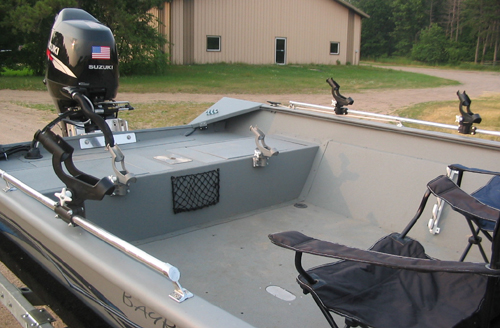
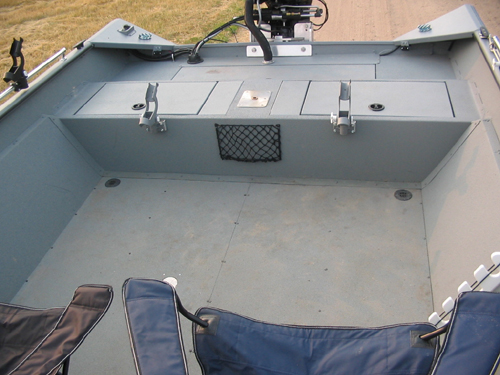
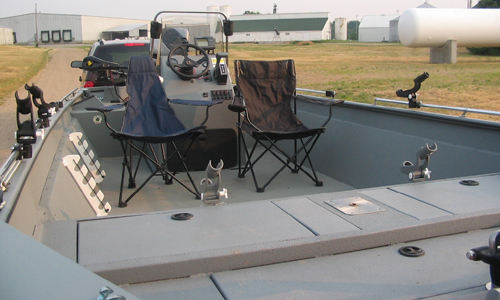
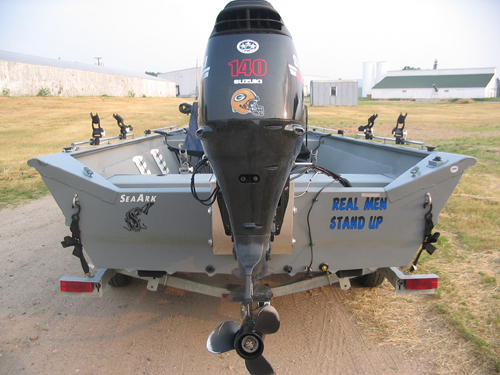
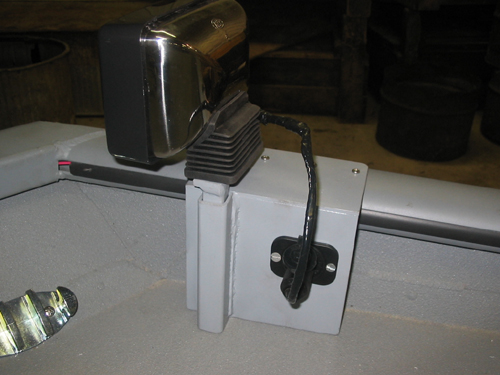
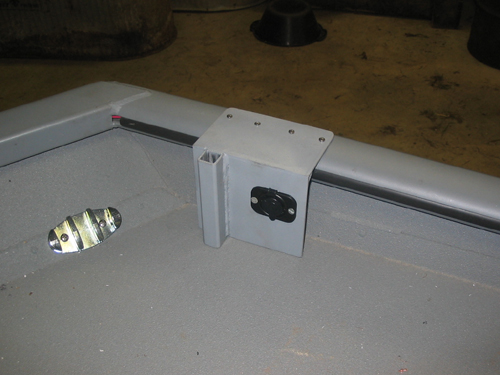
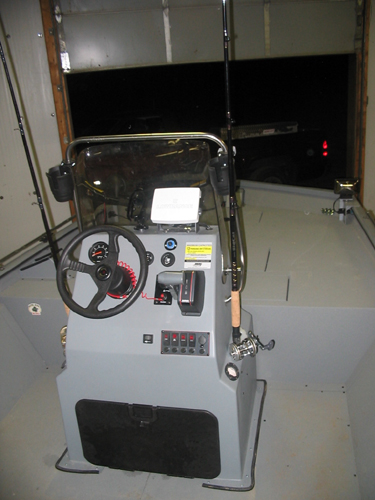
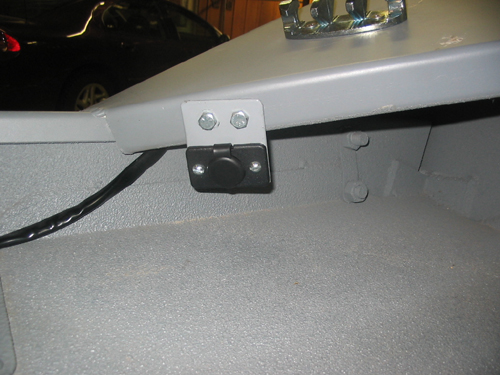
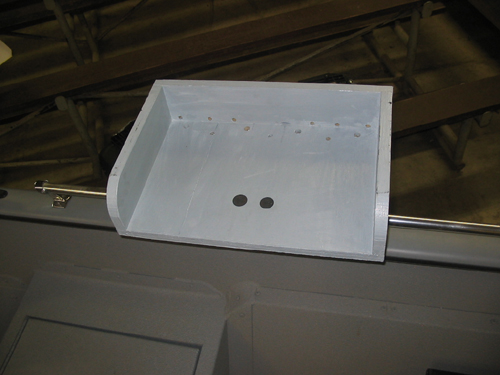
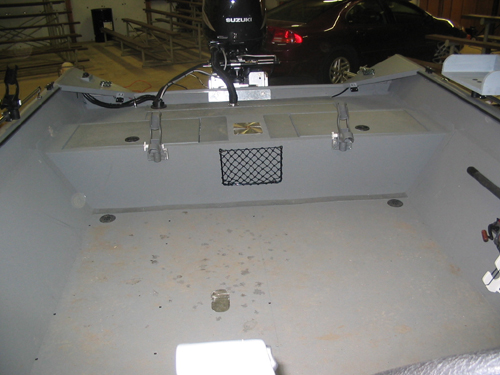
 (Sorry I couldnt resist. My wife and Inlaws are from Eau Clair and I never hear the end of the Packers).
(Sorry I couldnt resist. My wife and Inlaws are from Eau Clair and I never hear the end of the Packers).
 CAT JUICE!
CAT JUICE!

 ) cleats, fold down cutting board etc etc. What I am concerned about is the jet unit. I have only found one company that appears to make a decent unit and I was wondering what type of power head to drive it with. Are some outboard makes better suited for jets then others? What options do I have for jet units, and what makes have you guys had good luck with? let me know-
) cleats, fold down cutting board etc etc. What I am concerned about is the jet unit. I have only found one company that appears to make a decent unit and I was wondering what type of power head to drive it with. Are some outboard makes better suited for jets then others? What options do I have for jet units, and what makes have you guys had good luck with? let me know- 

